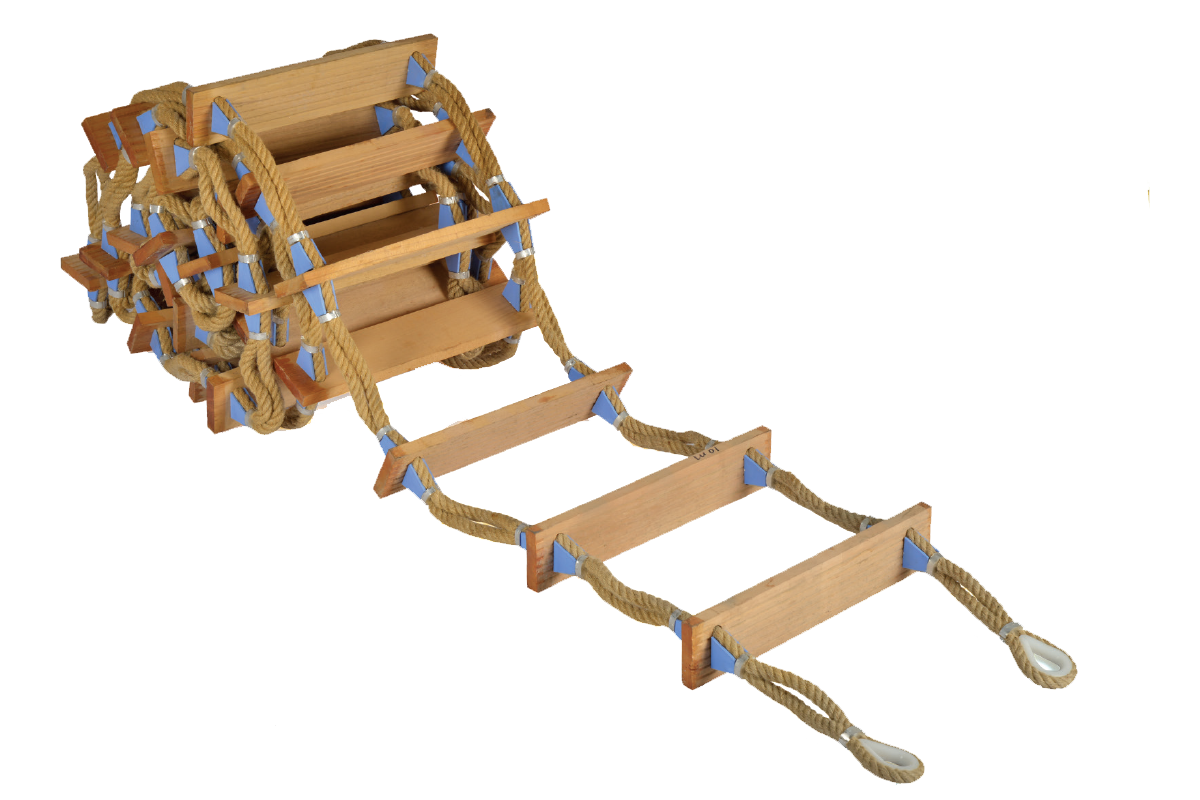Embarkation ladders are crucial safety equipment onboard vessels, providing a safe passage between the deck and the water’s surface. According to maritime regulations, these ladders must adhere to strict standards to ensure the safety of crew members and passengers alike.
One such set of regulations, outlined in section 6.1.6 of maritime safety codes, provides detailed specifications for the construction and installation of embarkation ladders. Let’s delve into the key requirements outlined in these regulations
1. Handholds for Safe Passage: Handholds must be provided to ensure a secure grip during the transition from the deck to the ladder and vice versa. This is essential for maintaining balance and stability, especially in rough sea conditions.
2. Quality Construction of Steps: The steps of the ladder must be constructed with high-quality materials to withstand the rigors of maritime environments. They should be made of hardwood, free from knots or irregularities, and smoothly machined to prevent splinters or sharp edges. Additionally, steps must have an efficient non-slip surface, either through longitudinal grooving or the application of approved non-slip coatings.
3. Dimensions and Spacing: The dimensions of the ladder steps are specified to ensure adequate footing for users. Each step must be at least 480 mm long, 115 mm wide, and 25 mm in depth, excluding any non-slip surface or coating. Furthermore, steps must be equally spaced, with a distance of not less than 300 mm or more than 380 mm apart, and secured in a manner that ensures they remain horizontal.
4. Side Ropes for Stability: The side ropes of the ladder play a critical role in providing stability and support. These ropes must consist of two uncovered manila ropes, each with a circumference of not less than 65 mm. It’s crucial that there are no joints below the top step to prevent weak points in the ladder’s structure. While other materials may be used for side ropes, they must meet or exceed the dimensions, breaking strain, weathering, stretching, and gripping properties of manila rope. Additionally, all rope ends must be securely fastened to prevent unraveling.
Adhering to these regulations ensures that embarkation ladders meet stringent safety standards, reducing the risk of accidents and injuries during boarding and disembarkation procedures. Proper maintenance and regular inspections are also essential to ensure the continued safety and effectiveness of embarkation ladders onboard vessels.
In conclusion, the meticulous design and construction of embarkation ladders are vital components of maritime safety protocols. By following these regulations and guidelines, shipowners and operators can uphold the highest standards of safety for everyone on board.

